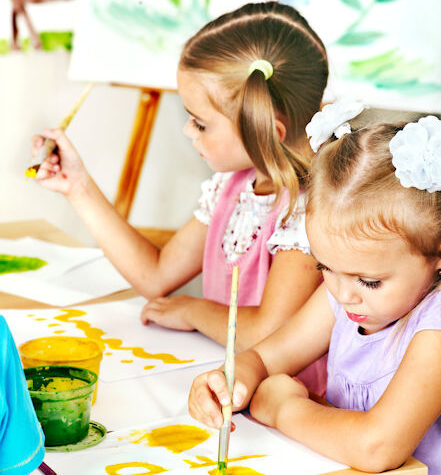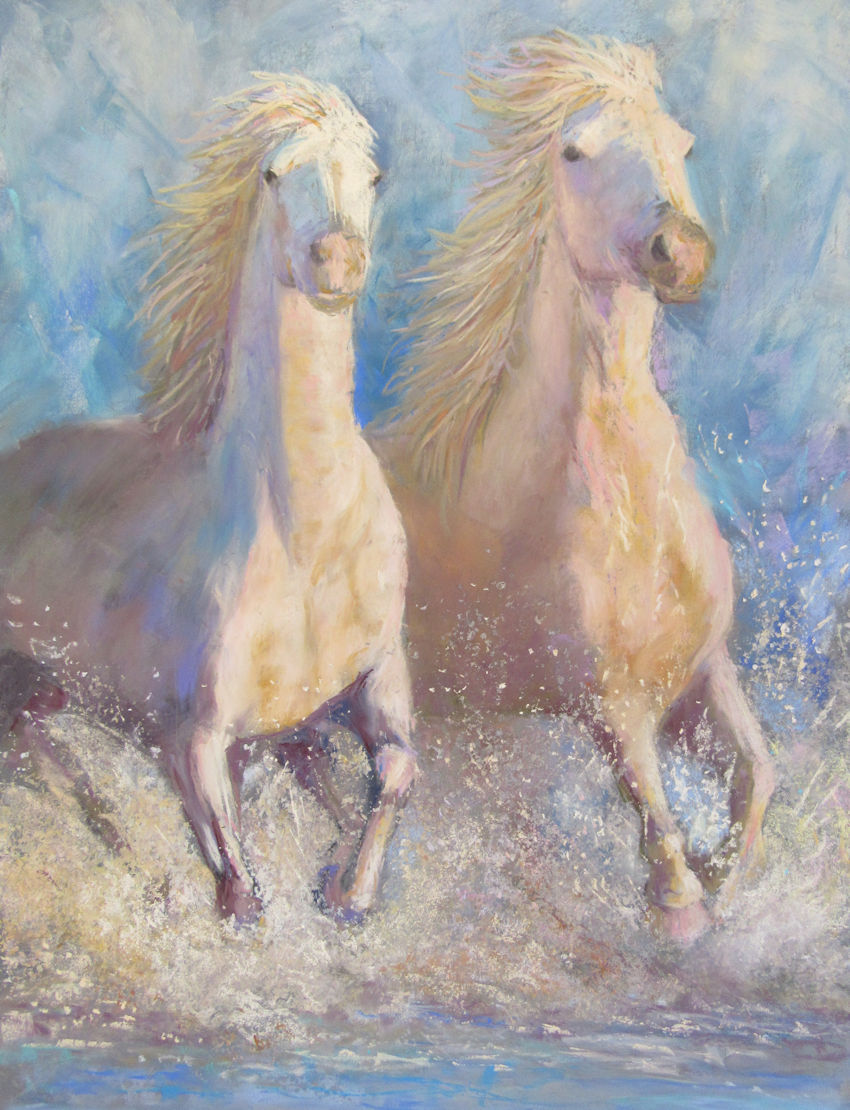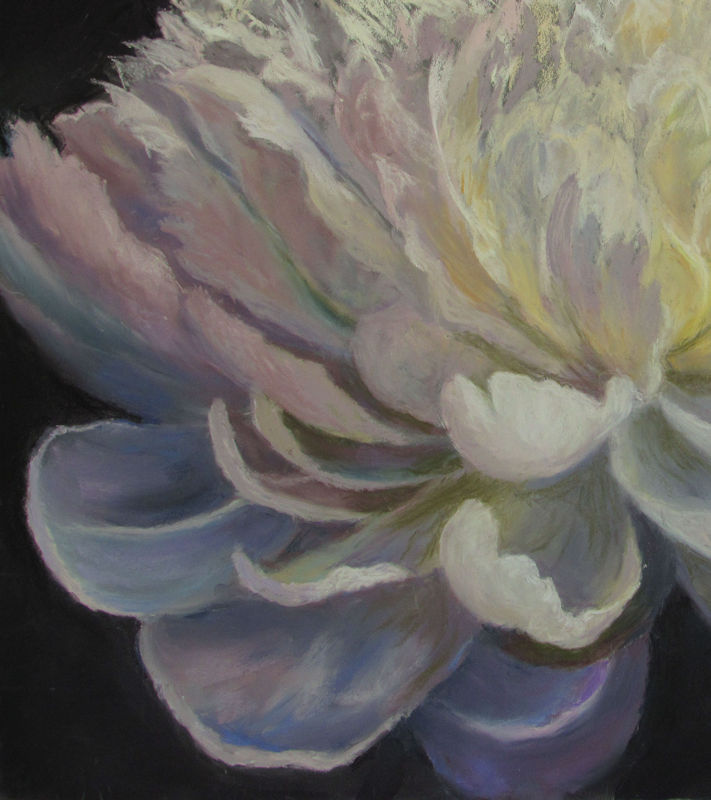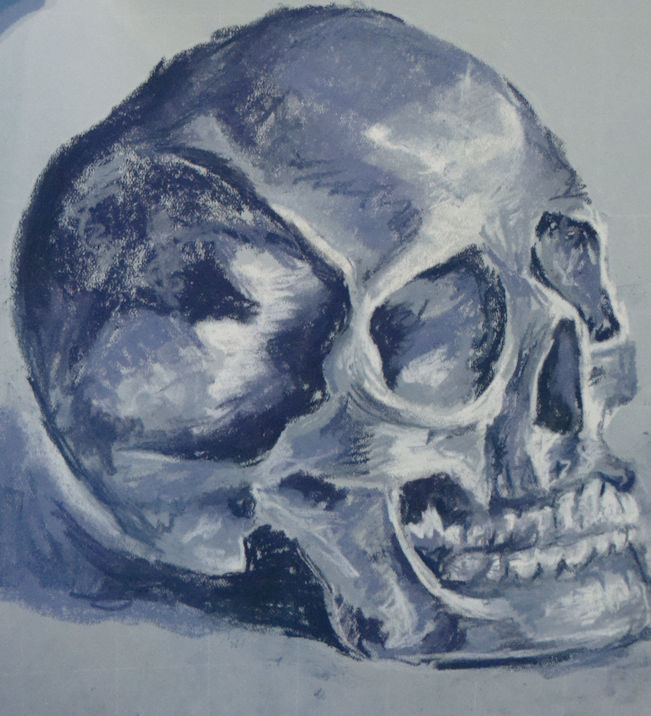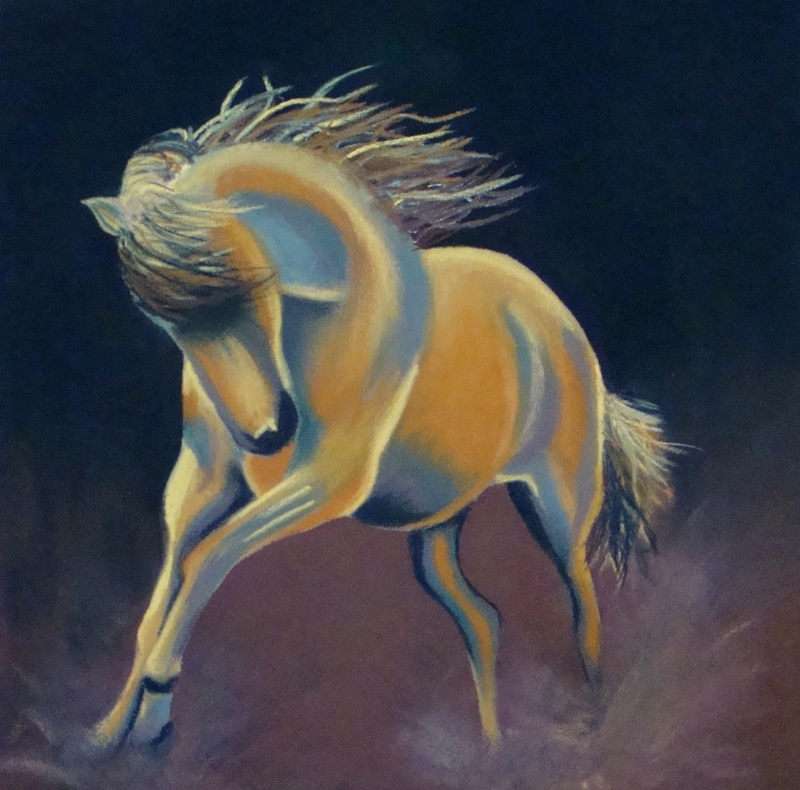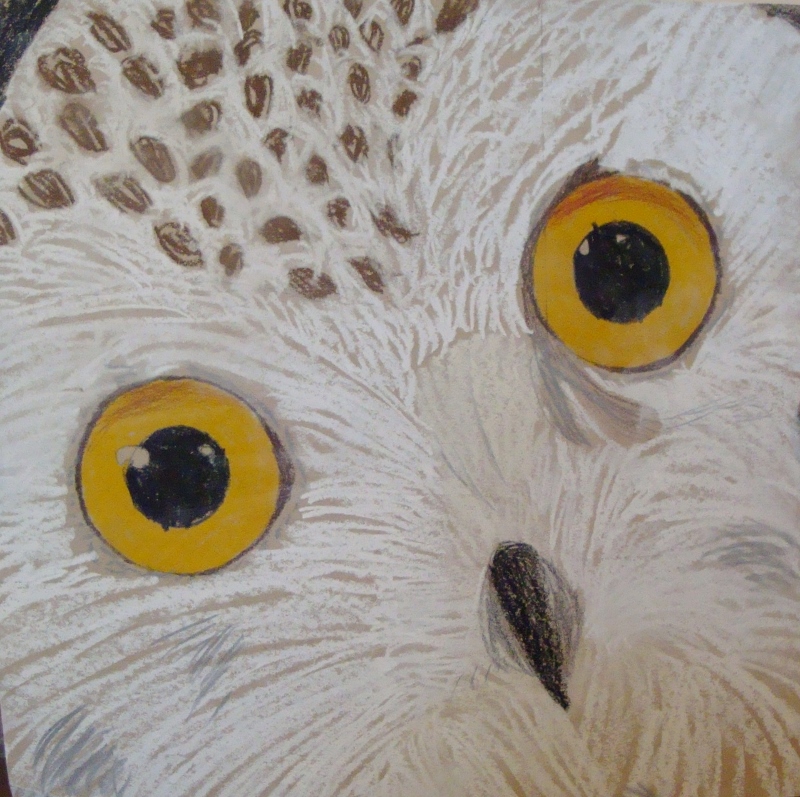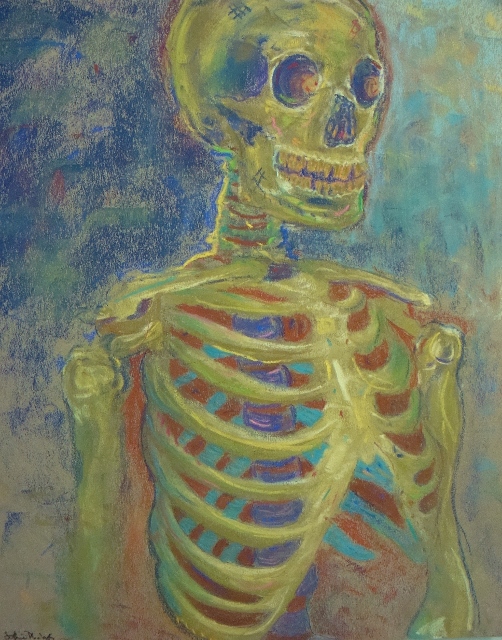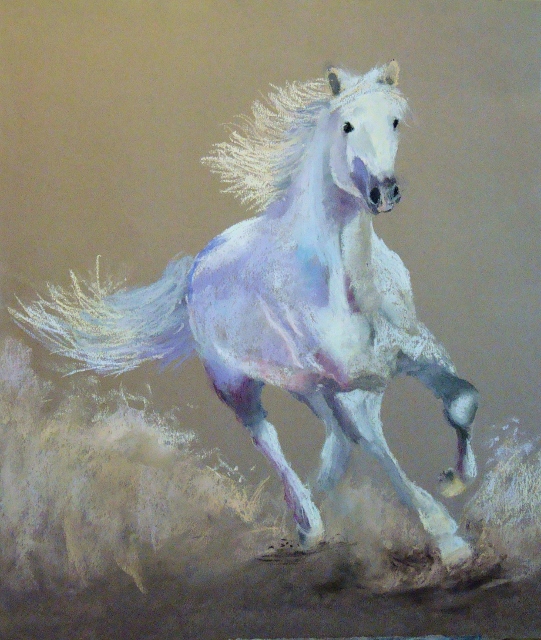Painting in Pastels
The artist must select the correct materials before starting a pastel painting. First, the substrate or surface of the painting is important to the overall work. This painting is done on a sanded board. The pastels act similar to paint and the strokes stand on their own. Pastel and acrylic paint may be applied to the board surface such as this painting has in the splash effect.
Pastel Color
Since pastels come in single colors, the artist may select a color that reflects the value (dark to light shade) but not necessarily the “real” color of the subject painted.
Pastel Strokes
The type of pastel used in the process contributes to the overall effect of the work. Pastels are either hard, medium hard to soft, or soft with a buttery feel to the stroke. This painting is done on a sanded surface illustrates the variety of strokes that are created including blended as well as single strokes.
Beth Cook
Art Lessons
Draw and Paint 6-8 years
Drawing and painting in pencil, marker, oil pastel, watercolor.
Intermediate 9-12 years
Drawing in various materials, painting in watercolor, acrylic and tempera.
Pre-Teens 10-13 yrs
Drawing in colored pencils, charcoal, pencil. Tempera, watercolor acrylic painting.
Teens 13-17 years
Drawing in various materials. Painting in oil, acrylic, watercolor
